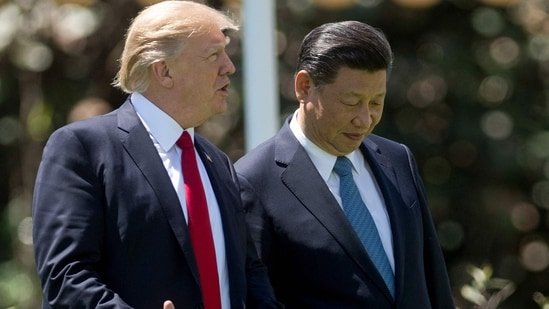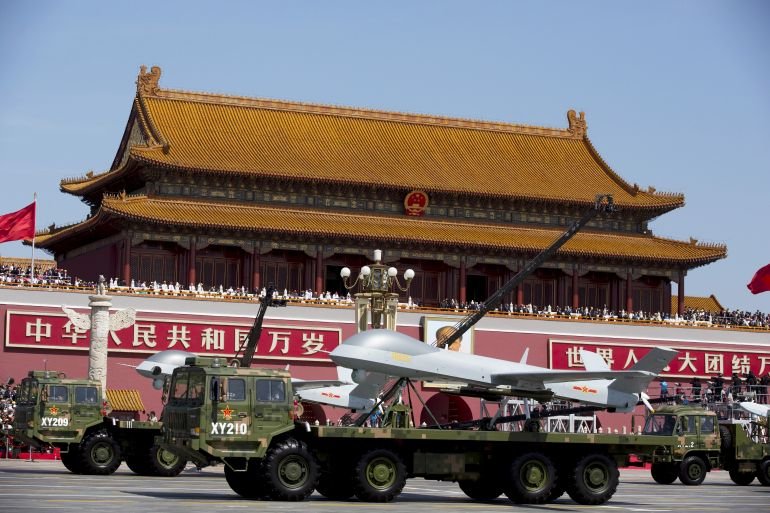A robotics entrepreneur says his company is nearing completion of a “pregnancy robot,” with a prototype to be ready for sale as early as next year.
“Some people don’t want to get married but still want a ‘wife’; some don’t want to be pregnant but still want a child. So one function of our ‘robot wife’ is that it can carry a pregnancy,” said Zhang Qifeng, founder of Guangzhou-based Kaiwa Technology.
Why It Matters
China has invested heavily in robotics. The country is a leader in industrial robots per capita and has just hosted the first “World Humanoid Robot Games” in Beijing.
The push aims to prepare for a shrinking workforce as China becomes a super-aged society. In recent years, it has faced a flagging birth rate, as economic concerns and changing social attitudes push women to have children later than ever—or not at all.
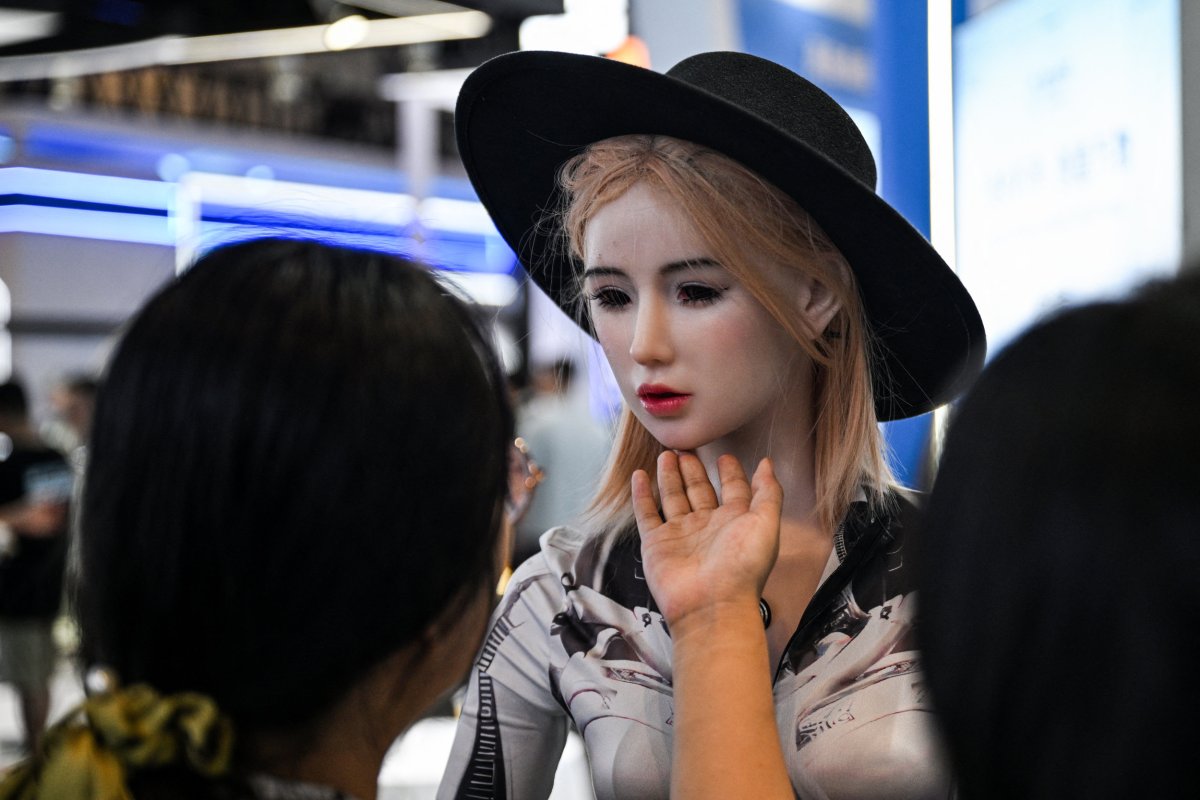
A woman touches a humanoid robot during the World Artificial Intelligence Conference at the Shanghai World Expo and Convention Center in Shanghai on July 28, 2025.
Hector Retamal/AFP via Getty Images
Infertility has also risen, to 18 percent in 2020 from 12 percent in 2007, according to a report published by the medical journal The Lancet, with one out of every 5.6 couples of childbearing age facing difficulties conceiving.
Newsweek reached out to the Chinese foreign ministry by email with a request for comment.
What To Know
Surrogacy is illegal in China, but Zhang—who holds a Ph.D. from Nanyang Technological University in Singapore—hopes to work around the ban with robots.
“We want to integrate a gestation chamber into a humanoid robot and build an artificial womb so it can carry a full-term pregnancy ‘in the normal way,'” Zhang said in an interview last week with the tech outlet Kuai Ke Zhi.
A synthetic uterus, which he says is already at a “mature” stage, would serve as an incubator for about 10 months, with nutrients delivered through a tube connected to the umbilical cord.
The concept recalls the temperature-controlled “biobag” used in 2017 by researchers at the Children’s Hospital of Philadelphia, who simulated amniotic fluid with a warm saline solution and kept premature lambs alive for weeks.
What People Are Saying
Zhang’s interview made waves on Chinese social media, becoming one of the most-trending topics on the microblogging platform Weibo.
Many users were intrigued by the technological possibilities but voiced skepticism about the unproven approach and the maximum price point given by Zhang—100,000 yuan (about $14,000), roughly half of Beijing’s average annual wage.
Experts have also weighed in.
“Pregnancy is an extremely complex process, with each step being extremely delicate and critical,” said Yi Fuxian, an obstetrician at the University of Wisconsin–Madison who conducts demographic research,
He told Newsweek the robot is “likely just a gimmick” and warned of “many health and ethical risks” even if it could ultimately bring a child to term.
He noted that the artificial gestation in sheep is not a reliable predictor for much longer-lived humans and “many health risks emerge at different ages, not to mention mental health issues,” he said.
What To Know
Zhang said he has been holding discussions with the Guangdong provincial authorities but it is not clear if the product will be approved for sale.

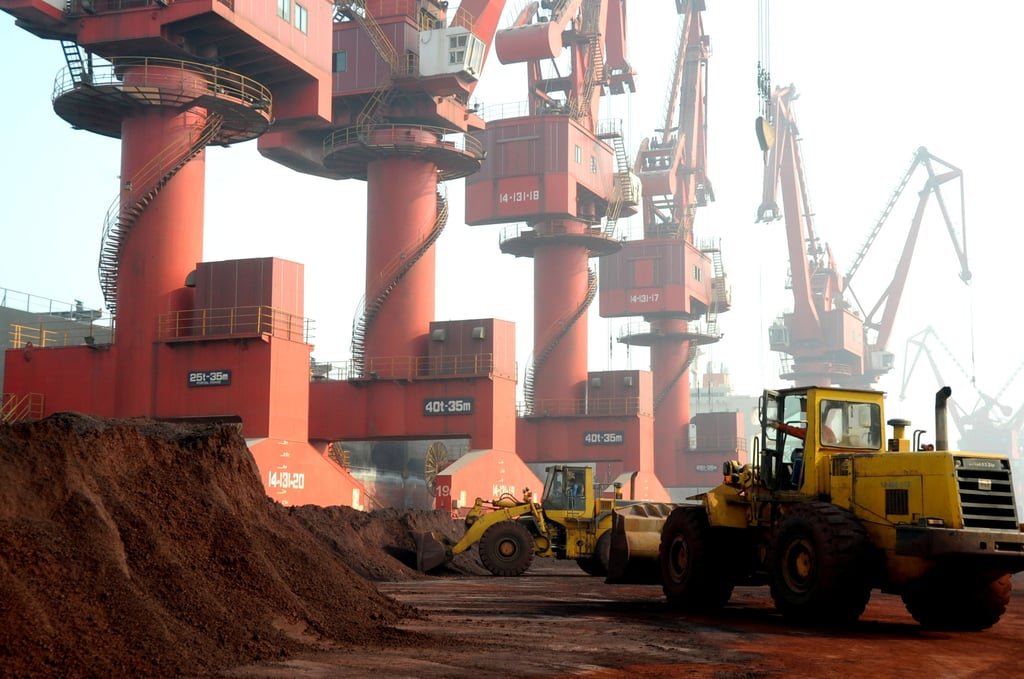
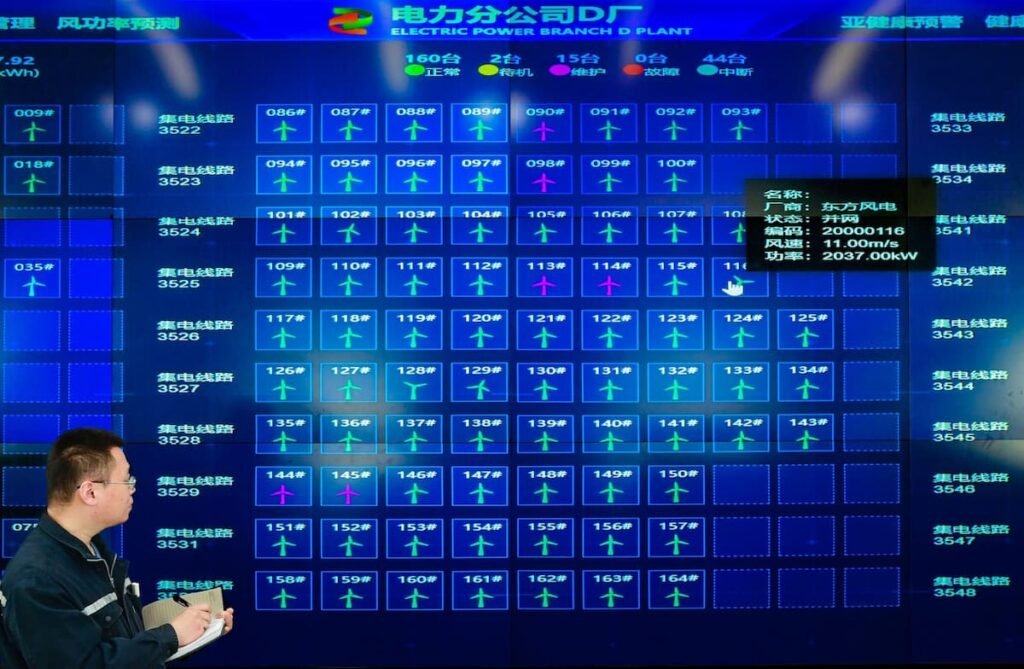
![[News] NVIDIA May Raise H20 Prices to Shield Profits but Confronts China’s Domestic Chip Push](https://koala-by.com/wp-content/uploads/2025/08/NVIDIA-Jensen-Huang-2-624x430.jpg)

